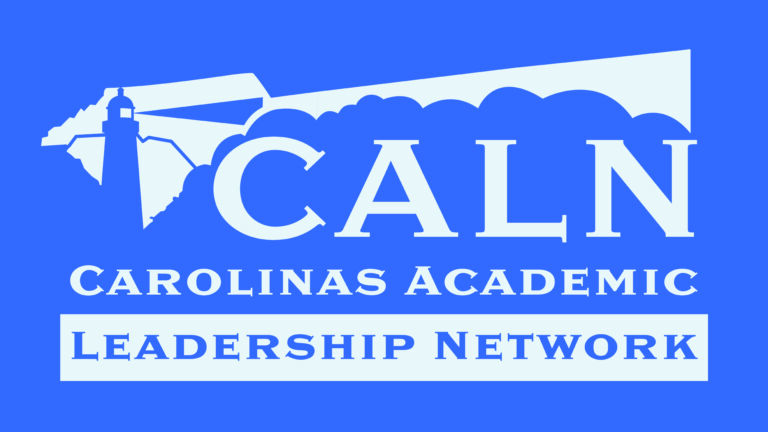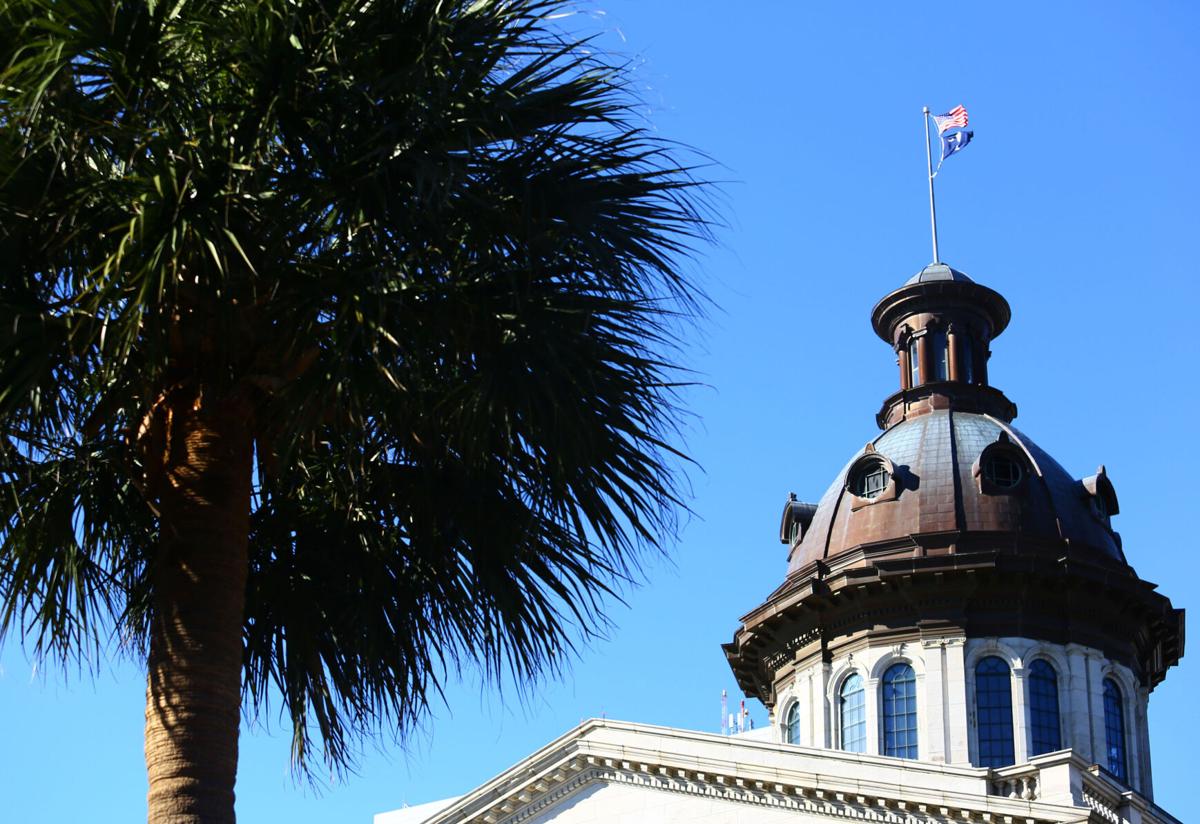The Quest for Number One…

Dr. Oran Smith
…and we only wish we were talking about USC Women’s Basketball.
The South Carolina General Assembly is getting its first crack at a 2015-2016 spending plan this week as the state budget hits the House floor for debate. The budget always includes Part IA, the spreadsheet of expenditures by agency, and Part IB, instructions from the General Assembly on how those funds should be spent (provisos). But this year, legislators will take up a Part III. Part III can be summarized in one word: borrowing. The total tab is $497 million, requiring the state debt limit to be raised from $2.58 billion to $3.90 billion. Most of the borrowed funds ($337 million) will be used to build or renovate various state buildings, many of them on college and university campuses. The remaining $160 million or so will go to the Department of Commerce for “Regionalized Economic Development Infrastructure” ($60 million), to State Technical Colleges for “Pathways to Workplace Infrastructure Development” ($50 million) and to, most generic of all, “K-12 Initiatives” at the State Department of Education ($50 million).
The quest to put the state in hock to the tune of $497 million comes on the heels of the visit to South Carolina last week of Jonathan Williams, the chief tax economist for ALEC, the American Legislative Exchange Council. For a number of years ALEC has published Rich States, Poor States, a state-by-state analysis of the competitiveness of each state government in attracting jobs and economic development. Williams conducts the analysis with oversight from noted economist and Reagan advisor Dr. Arthur Laffer. In a meeting with key legislators and policymakers last week, Williams presented the brand new data on the fifteen Economic Outlook variables that make up the 2014 edition of Rich States, Poor States. South Carolina shone brightly for our strong Right to Work laws and for our low inheritance tax rates. But in two categories, South Carolina is competing for worst in the nation. One of the key variables in those 15 in the determination of fiscal health is Debt Service as a Share of Tax Revenue. We are shocked to learn that South Carolina is the second worst in the country in this category. That means we pay a lot of interest on borrowed money every year. The other category worth noting for South Carolina’s poor performance is Personal Income Tax Progressivity, or put another way, the “change in tax liability per $1,000 of a person’s income.” Our rank? 43rd, or seventh worst in the nation. Last week, SC House leaders poured cold water on the idea of cutting personal income taxes on South Carolina families. This week, they take up the idea of borrowing $497 million. Sounds like DC logic for solving SC problems.
There is no other conclusion we can reach but that in at least two very important economic competitiveness categories, we are moving in the exact opposite direction from more jobs, better jobs, wage growth, and entrepreneurship. The numbers don’t lie. If we don’t change our ways, the Palmetto State could be looking at a #1 ranking in debt and taxes. That’s great news…for North Carolina, Tennessee and Georgia.
Note: With all 15 Rich States, Poor States factors considered, South Carolina ranks #31 in competitiveness, down from a rank of #20 in 2008, the first year of Rich States, Poor States.
Dr. Oran P. Smith is Palmetto Promise Institute’s Policy Senior Fellow.






